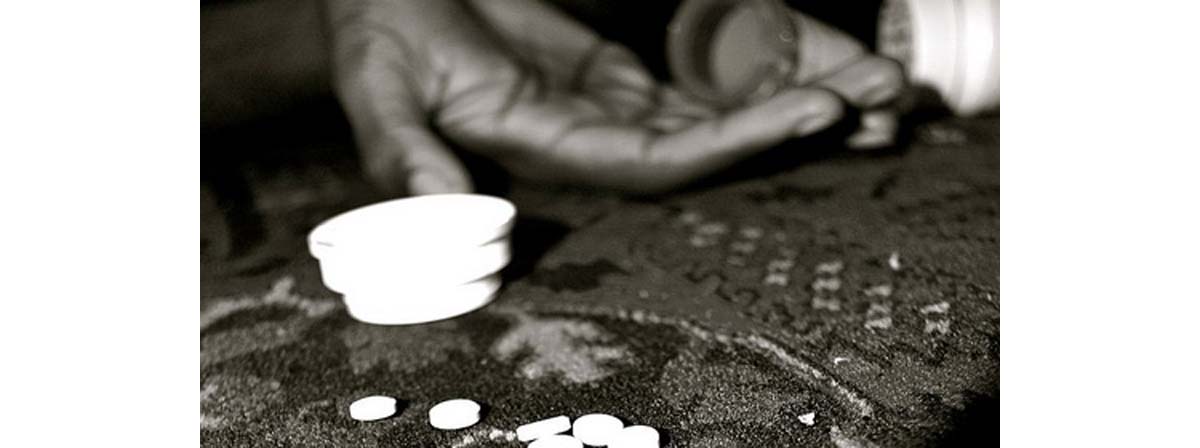Table of Contents
An astonishing number of famous people have died of both accidental and intentional drug overdoses. The accidental death of 31-year-old Canadian actor Corey Monteith from a combination of heroin and alcohol is just one of many examples. Before that, 29-year-old Australian actor Heath Ledger died after taking a fatal combination of the prescription painkillers alprazolam, diazepam, doxylamine, hydrocodone, oxycodone, and temazepam, leaving a three-year-old daughter behind.

And just since the year 2000, the roster of deaths of famous people from overdoses of recreational and prescription drugs has included:
- Pop singer Michael Jackson, of a combination of physician-administered drugs and tranquilizers,
- Rapper Michael Larsen, aka Eyedea, of an accidental overdose of opiates,
- Painter Thomas Kinkade, of a combination of alcohol and tranquilizers,
- Wrestler Chris Kanyon, of an overdose of antidepressants,
- Rapper Russell Jones, of a combination of cocaine and tranquilizers,
- Playboy Playmate Jeniffer Lyn Jones, of a heroin overdose,
- Surfer Andy Irons, of a combination of cocaine, methamphetamines, and tranquilizers,
- Skate boarder Harold Hunter, of a cocaine-induced heart attack at the age of 32.
Drug overdoses tend to kill people in the prime of their lives. One medical examiner interviewed during the writing of this article noted that people who intentionally kill themselves by taking massive doses of drugs usually don't leave a note, and the medical literature suggests that people who succeed in killing themselves by taking an overdose of drugs who do leave a note often express anger. They might, for example, say, "I hope this makes you happy!", and they may report incidents of abuse by people close to them. People who don't succeed in their suicide attempt after leaving a note tend to be far more likely to warn survivors of possible dangers (for instance, "careful, cyanide gas in the bedroom"), are far more likely to report that they just couldn't go on, and are also far less likely to attempt to use medications or drugs as the means of their death.
If you find someone who is comatose and who has left a note, the chances of successful intervention are far greater than if you find someone who has taken "something" and not left a note. And if you know that a person in your life is angry and suicidal, chances are that if they indicate that they will take their lives, they mean business. But what can you do if someone is talking about suicide, or if you find evidence that someone you know and love has already taken steps to end their own life by taking an overdose of drugs?
- Dowell D, Kunins HV, Farley TA. Opioid analgesics--risky drugs, not risky patients. JAMA. 2013 Jun 5. 309(21):2219-20. doi: 10.1001/jama.2013.5794. PMID: 23700072.
- Pestian JP, Matykiewicz P, Linn-Gust M. What's In a Note: Construction of a Suicide Note Corpus. Biomed Inform Insights. 2012. 5:1-6. doi: 10.4137/BII.S10213. Epub 2012 Nov 5. PMID: 23170067 [PubMed].
- Photo courtesy of Sam Metsfan by Wikimedia Commons : commons.wikimedia.org/wiki/File:DrugOverdose.jpg
- Photo courtesy of Brittany Randolph by Flickr : www.flickr.com/photos/celinesphotographer/375123991/


Your thoughts on this